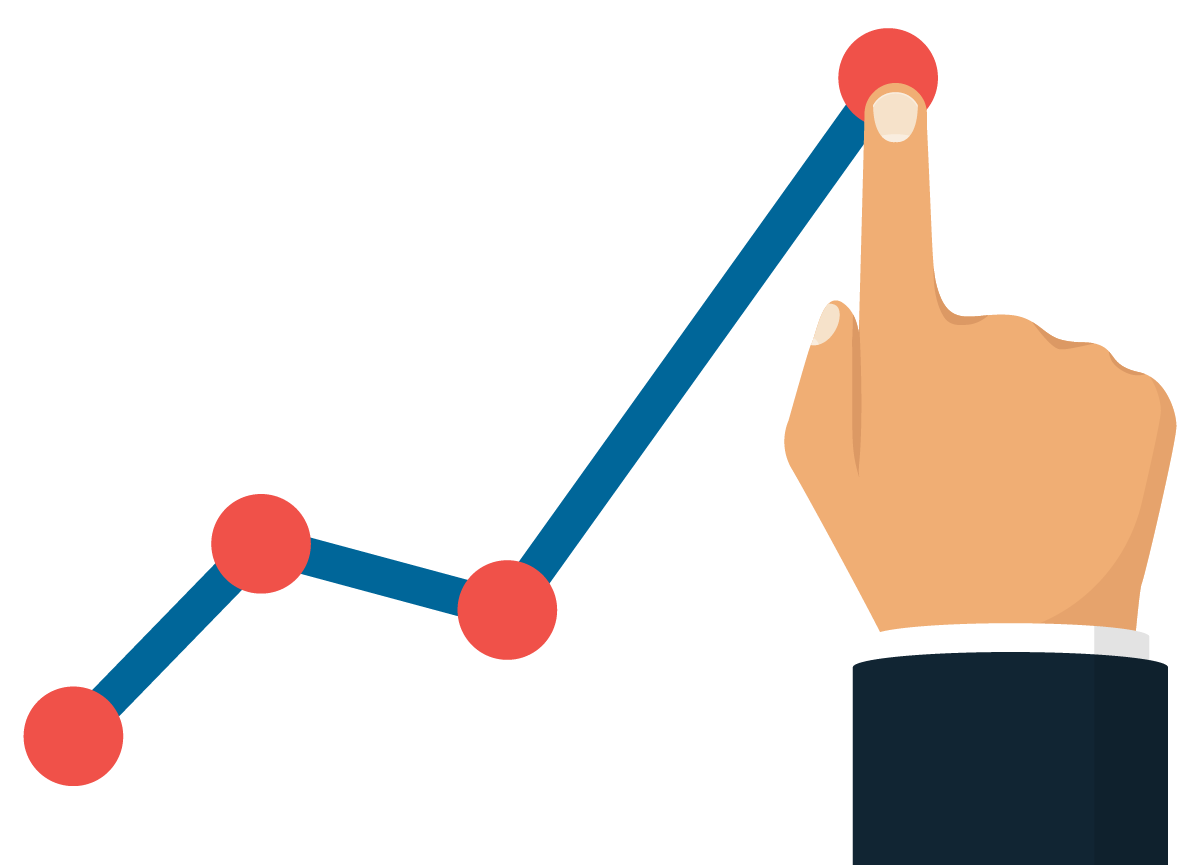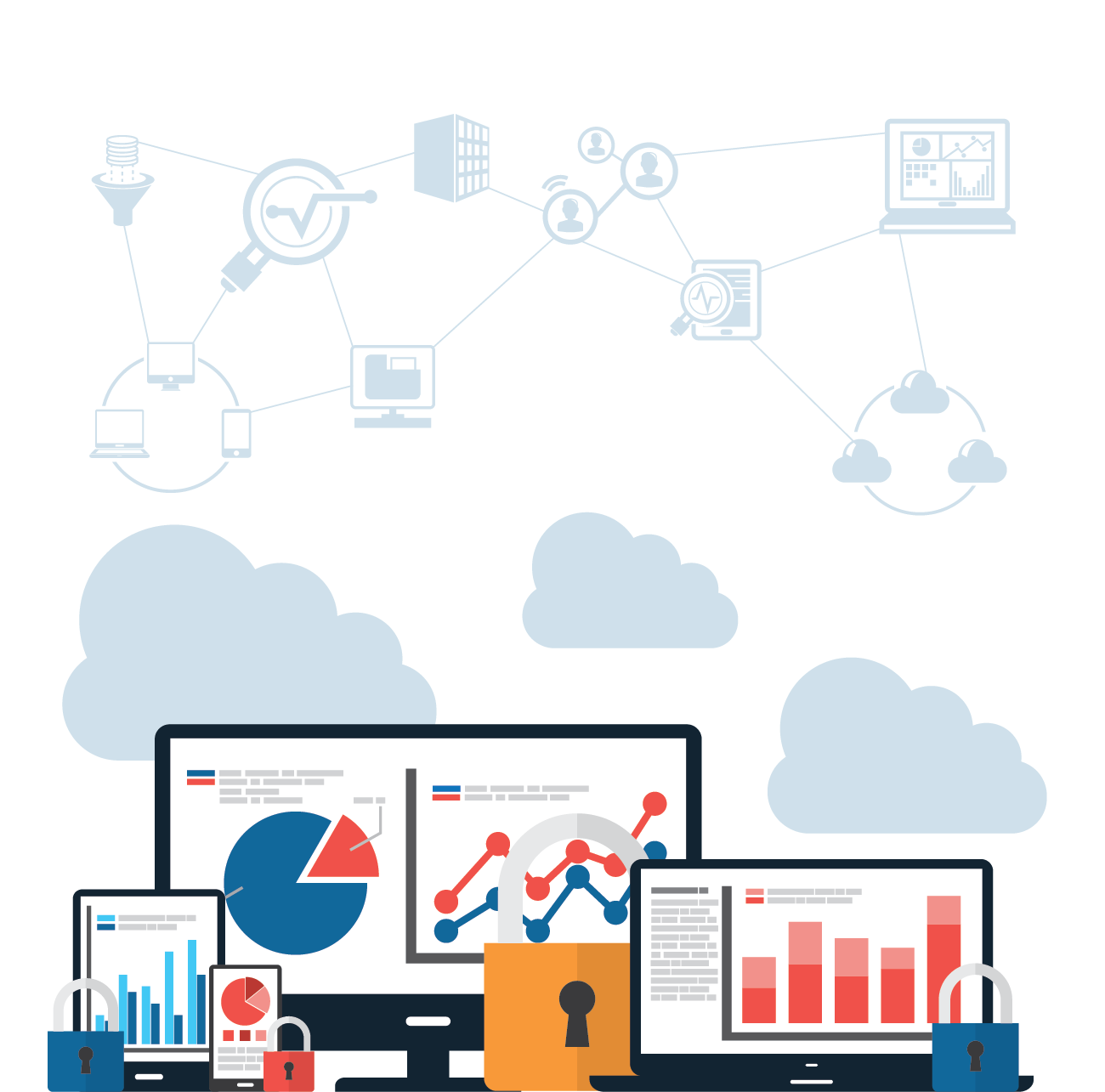All businesses now have one thing in common - they all are data businesses. Every organization is trying to make use of their big data and streaming data by turning those into information and knowledge to fuel business growth.
Volume, variety and velocity of data continues its upward movement and seems to stay the same for the foreseeable future, based on proliferation of internet connected devices, web platforms and trends such as cognitive science, machine learning and IoT. Adding to the complexity, IT wants to empower all big data scientists and business users through self-serviceable analytical and reporting platforms.


While big data offers a lot of promises to fuel business growth across industries, it comes with a set of challenges that are consistent across all shapes and sizes of organizations.
Data virtualization technology provides an agile and cost-effective approach to combining, governing, and managing big data, and to overcoming the inherent challenges presented by big data silos. We call it big data virtualization. There are three most popular use cases of big data virtualization.
Data virtualization bridges one or more data lakes along with traditional data warehouses, MDM systems, cloud sources and beyond. This use case improves enterprise functionality of data lakes by providing additional context with data from other enterprise sources.
Data virtualization offloads less frequently used or cold data from enterprise data warehouse to a Hadoop cluster to free up expensive enterprise computing resources.
Data virtualization combines streaming data with other sources of enterprise data to make streaming data more meaningful and useful for business users.
Virtualizing and combining big data along with other sources of enterprise or cloud data offers many benefits, so that organizations can truly reap the benefits of big data:
across the organization, at the same time offering significantly faster time-to-market.
privacy and security structure across wide range of systems, both on-premise and cloud.
to big data and IoT analytics by offering easy connectivity across a broad range of source and consumer systems.
model by creating an abstraction layer so that business users are separated from underlying complexity.

Lorem ipsum dolor sit amet, consectetur adipiscing elit, sed do eiusmod tempor incididunt ut labore et dolore magna aliqua. Quis ipsum suspendisse ultrices gravida.
Copyright @ b-transform.com. All Rights Reserved